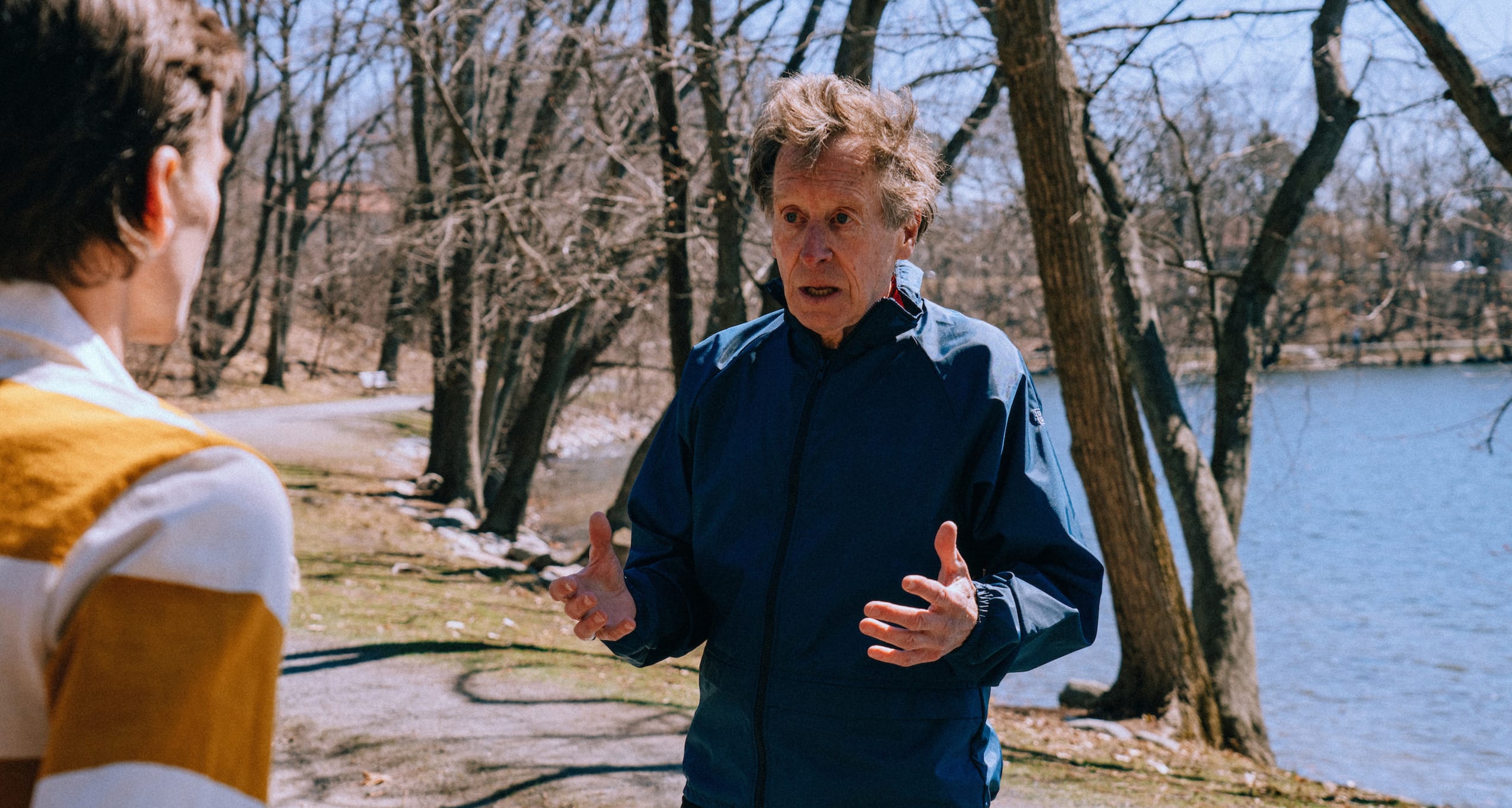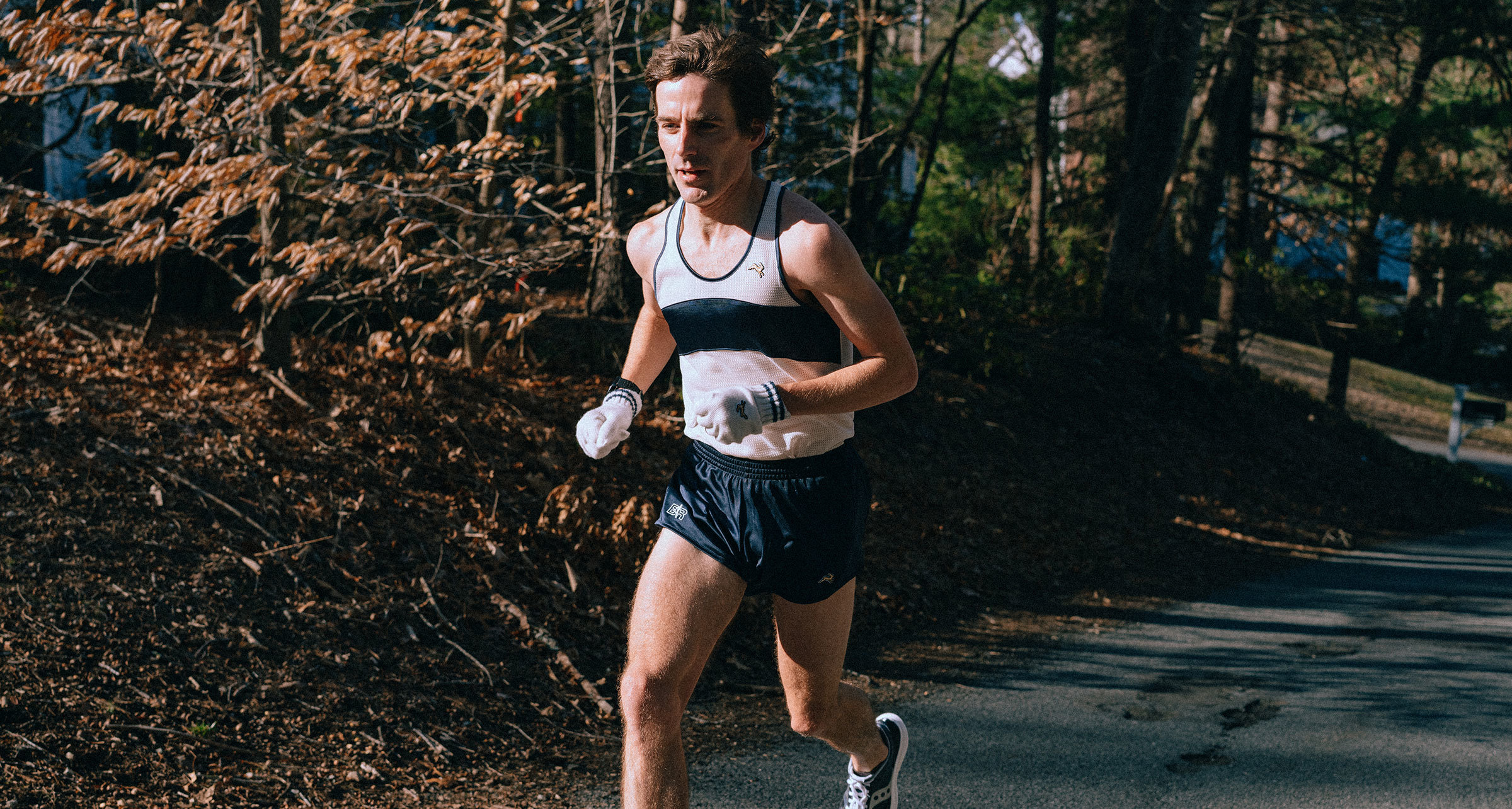

Boston Billy’s Training Log
Words by Jason Ayr
Photography by Emily Maye and Getty Images
Over the last 10-12 years, I have taken a deep dive into Bob Hodge’s compendium of Bill Rodgers’ training logs maybe a dozen times. The mileage was what originally hooked me. I’ve always felt best when I’m running a lot, so seeing the high mileage approach endorsed by one of running’s all-time greats felt like the natural place to find all the “secrets” to training. A few times I tried to convert what little pace feedback from Bill’s logs I could find into paces that I should be running for similar workouts. I tried to force all that content into some calculator for success. I couldn’t see in those futile calculation exercises that I was removing the magic from the story that the training told by trying to boil it down to some charts and factors.
When Bill set his first American Record, winning the 1975 Boston Marathon in a time of 2:09:55 his rough time goal for that day was 2:15. When the starter’s gun fired that morning he was a 2:19 marathoner. With no real way of knowing what pace they were running, Bill began to separate from the pack around the ten-mile marker. He spent the remainder of the race alone out front, taking cues from his body on when to push, how to run with the course, and when to fuel. He even walked through several water stops and knelt down to tie his shoes at the top of Heartbreak Hill (about mile 21). On paper, he was a 2:19 marathoner. Some pre-race number crunching told him he could be about a 2:15 marathoner. But when the race began to play out he lost himself in the flow of running and let his mind and body run over one of the most challenging major marathon courses in the world to shave 10 minutes off his personal best and set an American Record.

With all the mechanisms we now have for feedback, it’s very easy to become a slave to the statistics floating around every move we make. We give ourselves no chance to really listen to our bodies and train our minds to get lost in that state of flow. On regular runs, in workouts, or in races we’re constantly giving our attention and reacting to outside metrics – like a split or a distance marker or the reading on a heart rate monitor.
For all this talk of training, Bill raced on instinct alone. He was an athlete who grew in stature whenever he had a number pinned to his chest. When everything is measured and quantifiable, too few people are open to that race day magic.
Now I see the magic in Bill’s logs. One of the many magical things about Bill as a runner was how he got out there and ran with passion, day in and day out. It is obvious he almost always found pure joy in the act of running, but was also persistent when life got in the way. At times, when things clearly didn’t go as planned, he rallied back, sometimes as soon as the following day, never letting a subpar day tank a whole week or one performance dictate a whole season. Over thousands of miles, he was perfecting his internal toolkit that no device or log could ever fully capture.
There will always be a time and a place for planning and assessing, but it is important to recognize when the feedback is holding you back. I still plan to periodically go back and read through Bill’s logs—I’m admittedly drawing a lot of inspiration from them currently as we head towards an October Boston Marathon — but I don’t plan to use any crazy calculators that try to melt them down into something they aren’t. If I do find myself designing an overly complicated workout or over-analyzing some splits to try and predict a race that hasn’t happened yet, that’s my sign to close the laptop and go for a run.

The Bill Rodgers
Collection
Bill Rodgers & Company pioneered many of the refinements found in the running clothing of his era, from silhouettes cut differently for men and women to materials selected with the marathon in mind. The Tracksmith Bill Rodgers Collection builds on these innovations and celebrates the spirit of Bill’s Boston heyday, an era in which running was as fun as it was fast.
